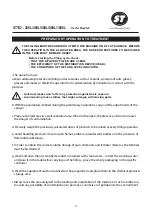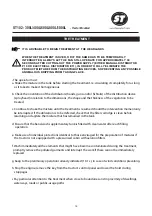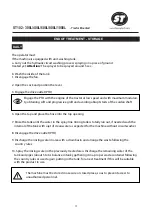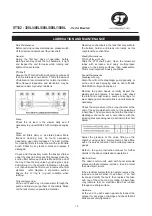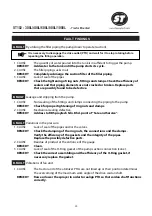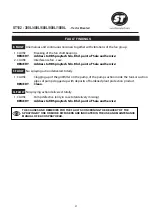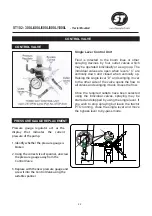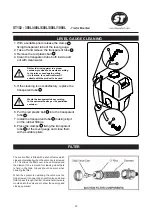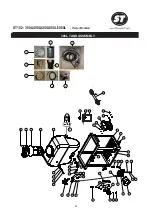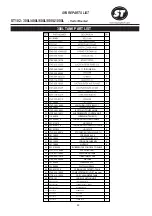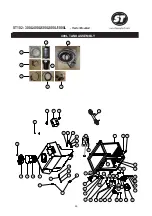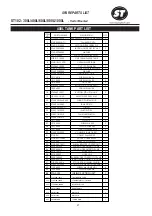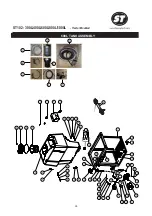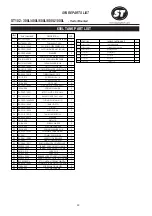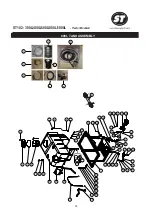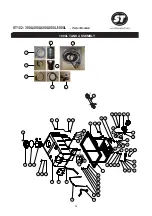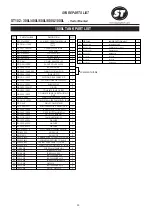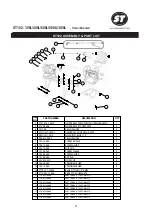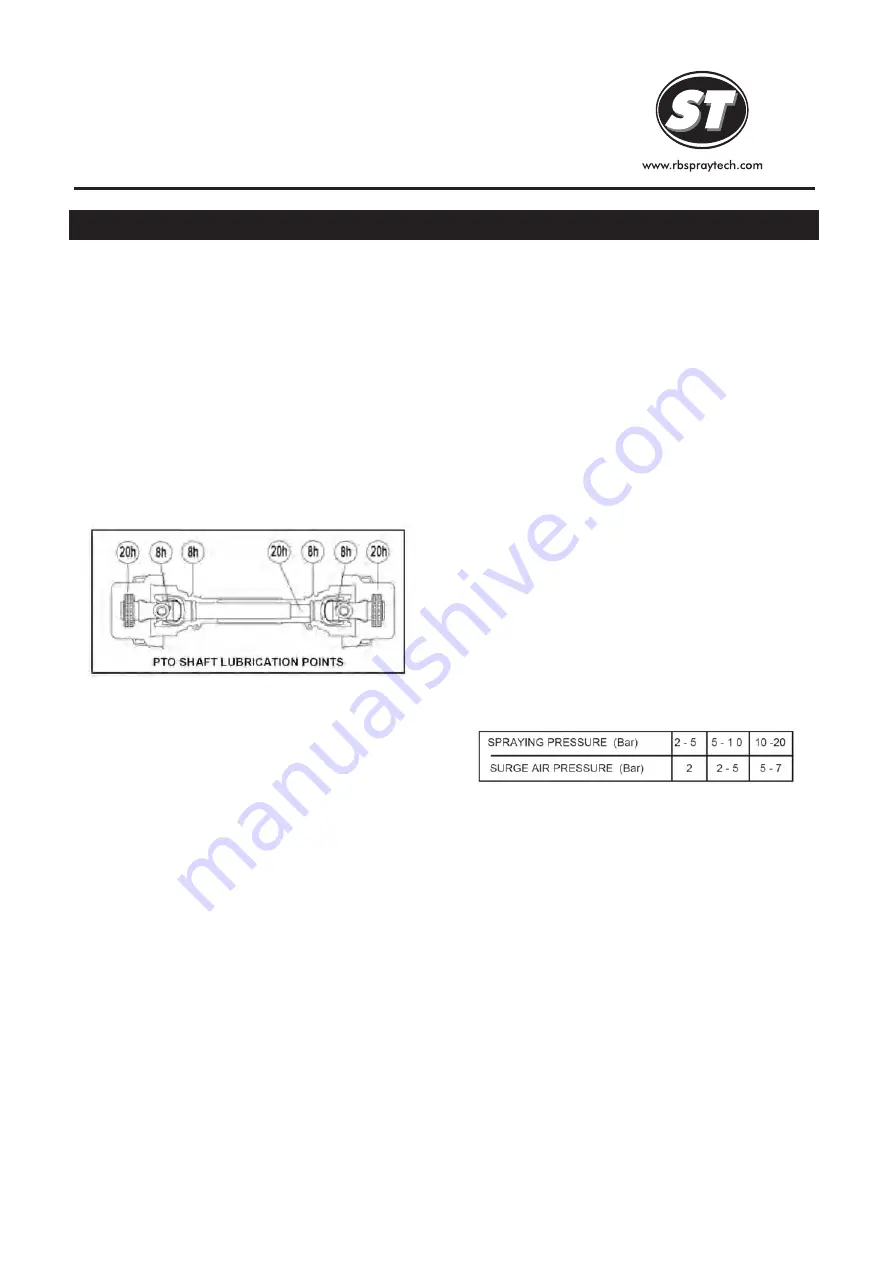
LUBRICATION AND MAINTENANCE
Daily Maintenance
General
PTO Shaft
Before carrying out any maintenance, please switch
off the tractor and disconnect the drive shaft.
During the first few days of operation, before
starting each day check that all hardware is tight
and inspect the unit for leaks while running and
tighten all hose clamps.
Grease the PTO shaft with multi-purpose grease at
the time intervals shown below. This is the amount
of lubrication recommended for normal operation.
More frequent inspection and lubrication may be
needed under very dusty conditions.
Pump
Filters
Tank and Spray Lines
Check the oil level in the viewer daily and if
necessary top up with SAE 20-40 multigrade engine
oil.
Clean all filters daily or as stated below. More
frequent cleaning may be found necessary
depending upon circumstances. The best method
for cleaning filters is to wash them with a soft bristle
brush. Check for any tears or holes and replace if
damaged.
Check and if necessary clean the basket strainer
under the tank lid before each fill. Always clean the
suction filter before each tank refill and at the end of
the day. Close the stop valve by pushing the cap in
and turning it in the direction indicated on the cap
out, then unscrew the filter cover to remove the filter
element - refer diagram in Operation section.
Ensure the ‘O’ ring is in good condition when
refitting.
At the end of each day run clean water through the
pump and lines to purge them of chemicals. Rinse
out the tank to remove powdered material.
Never leave chemicals in the tank that may settle to
the bottom, harden and break into lumps as this
may block the suction filter.
Slide the PTO shaft apart, clean the telescopic
tubes with kerosene and apply multi-purpose
grease to the sliding surfaces, then reassemble.
This is most important in dusty conditions.
Drain the oil from the diaphragm pump annually, or
at the end of each spraying season, and refill with
SAE 20-40 multi-grade engine oil.
Remove the pump heads, carefully inspect the
diaphragms and replace if necessary. Also check
the inlet and outlet valves, seats and springs for
wear, damage or chemical corrosion and replace as
necessary.
Check the air pressure in the surge chamber at the
end of the pump which smooths out the pulsations
in fluid flow. The air pressure behind the chamber’s
diaphragm should be set in accordance with the
spraying pressure being used, as shown in the chart
below.
Weekly Maintenance
PTO Shaft (Every 20 Hrs)
Annual Maintenance
Diaphragm Pump
Adjust the pressure at the valve fitting on the
chamber using using a compressed air hose fitted
with a tire valve connection and a reliable pressure
gauge.
Refer to the pump instruction manual for further
details on the above maintenance operations.
The cabin control units used with boom solenoid
valves and foam markers include a fuse to protect
their electrical circuits.
If the electrical system fails to operate remove the
fuse and check whether it has blown. If so, first
locate and rectify the fault, then replace the fuse
with one of the correct 8 amp rating. A blown fuse
may indicate that an electrical lead has rubbed
through on a sharp surface.
At the end of each season generally inspect the
sprayer for any signs of damage and check that all
bolts are securely tightened.
Electrical Fuses
Hardware
19
ST102 - 300L/400L/600L/800L/1000L
- Tractor Mounted











